Discover the complete guide to growing and caring for the unique pencil cactus. From planting tips to watering needs, this article covers everything you need to know to keep your pencil cactus healthy and thriving.
The pencil cactus is a quirky and charming plant that can make a wonderful addition to your home or garden. With its thin, pencil-like stems and clusters of small, tubular flowers, this cactus is both visually interesting and easy to care for. If you’re considering adding a pencil cactus to your plant collection, this complete guide will provide you with all the information you need to ensure its success.
Here’s a short information chart about it:
| Attribute | Information |
|---|---|
| Botanical Name | Euphorbia tirucalli |
| Common Name | Pencil Cactus |
| Plant Type | Succulent Shrub |
| Zones | Typically Zones 9-11 |
| Sun Exposure | Full Sun to Partial Shade |
| Soil Type | Well-draining |
| Watering | Low to Moderate |
| Growth Habit | Upright, Branching |
| Height/Spread | Can reach 6-30 feet tall, Spread varies |
| Special Features | Pencil-like branches, Toxic milky sap |
What is a Pencil Cactus?
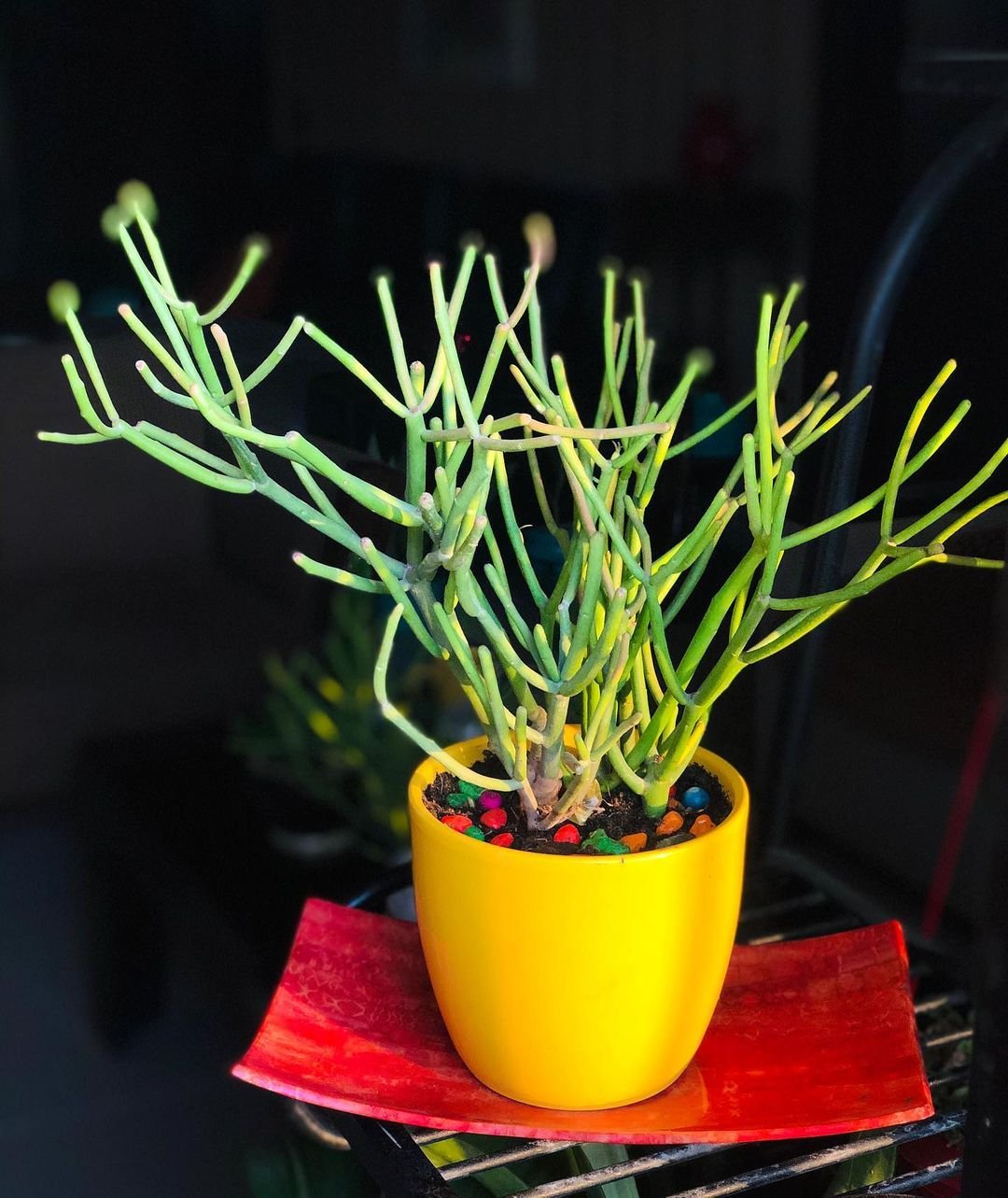
The pencil cactus, also known as the milk-bush cactus or Firestick plant, is a type of succulent that belongs to the Euphorbia genus. Despite its name, it’s not actually a true cactus, but rather a drought-tolerant plant native to parts of Africa and Asia.
The pencil cactus gets its name from its slender, cylindrical stems that resemble pencils or thin sticks. These stems can grow up to several feet tall and are often branched, creating a dense, shrub-like appearance. The plant produces small, yellow-green flowers that bloom in clusters along the stems.
Planting Pencil Cactus
When it comes to planting your pencil cactus, there are a few key things to keep in mind:
- Pot or Container: Pencil cacti do best in well-draining containers or pots with drainage holes. Terra cotta or clay pots are ideal as they allow excess moisture to evaporate.
- Soil: Use a well-draining cactus or succulent soil mix. You can also create your own by combining regular potting soil with sand or perlite to improve drainage.
- Light: Pencil cacti thrive in bright, direct sunlight. If grown indoors, place them near a south or west-facing window that receives at least 6 hours of direct sunlight daily.
- Planting: When planting, gently remove the pencil cactus from its nursery pot and place it in the new container, ensuring that the base of the plant is level with the soil surface. Firm the soil gently around the plant.
Watering Pencil Cactus
One of the most important aspects of caring for a pencil cactus is proper watering. These plants are adapted to dry conditions and can easily succumb to root rot if overwatered.
Follow these watering guidelines:
- Water thoroughly: When it’s time to water, give the soil a thorough soaking, allowing the excess water to drain out of the bottom of the pot.
- Allow soil to dry out: Wait until the soil has completely dried out before watering again. Check the soil by sticking your finger into the pot – if the top inch or two of soil is dry, it’s time to water.
- Reduce watering in winter: During the winter months or dormant season, pencil cacti need even less water. Water sparingly, only when the soil is completely dry.
- Use a well-draining pot: As mentioned earlier, a well-draining pot is essential to prevent waterlogged soil and root rot.
Fertilizing Pencil Cactus
Pencil cacti are not heavy feeders, but they can benefit from occasional fertilization during the growing season (spring and summer).
Use a balanced, water-soluble fertilizer diluted to half-strength and apply it every 4-6 weeks during the growing season. Avoid fertilizing during the winter months when the plant is dormant.
Pruning and Shaping Pencil Cactus
Pruning is not strictly necessary for pencil cacti, but it can help maintain their shape and promote bushier growth.
To prune, use clean, sharp scissors or pruning shears and remove any damaged, discolored, or excessive stems. You can also prune the plant to control its size or shape it into a more compact or tree-like form.
It’s best to prune in early spring, just before the growing season begins.
Repotting Pencil Cactus
As pencil cacti grow, they may eventually outgrow their pots and require repotting. Here are some tips for repotting:
- When to repot: Repot your pencil cactus every 2-3 years, or when the plant becomes rootbound (roots growing out of the drainage holes).
- Pot size: Choose a pot only slightly larger than the current one, as pencil cacti prefer to be somewhat pot-bound.
- New soil: Use fresh, well-draining cactus or succulent soil mix.
- Timing: Repot in spring or early summer, during the active growing season.
- Pruning roots: If the roots are tightly bound, you may need to prune or loosen them gently before repotting.
Common Problems and Solutions
Even though pencil cacti are generally easy to care for, there are a few common problems to watch out for:
- Shriveled or wrinkled stems: This is usually a sign of underwatering. Increase watering frequency and ensure the soil is drying out completely between waterings.
- Yellowing or mushy stems: This can indicate overwatering or poor drainage, leading to root rot. Allow the soil to dry out completely and check for proper drainage.
- Leggy growth: If the stems are stretching and becoming sparse, the plant is not receiving enough light. Move it to a brighter location.
- Pests: Pencil cacti can sometimes attract mealybugs, spider mites, or scale insects. Treat infestations with an insecticidal soap or neem oil.
With proper care and attention, your pencil cactus can thrive and become a unique and eye-catching addition to your plant collection. Remember to provide bright light, water sparingly, and use well-draining soil, and you’ll be rewarded with a low-maintenance plant that adds character and interest to your indoor or outdoor space.

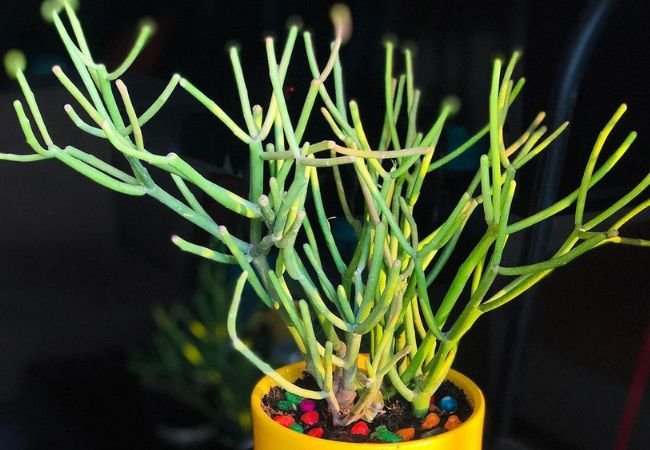
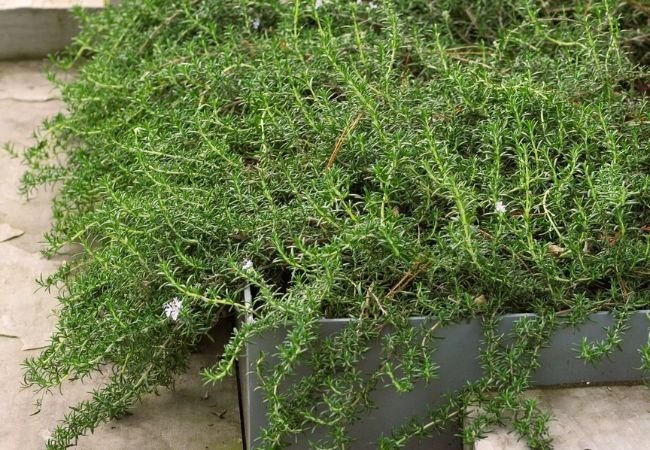
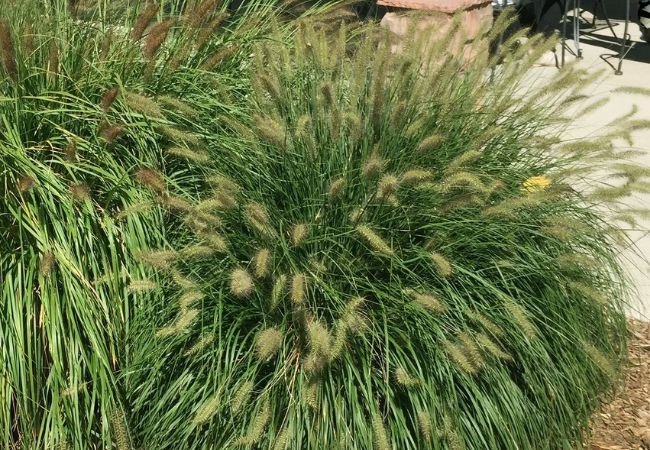
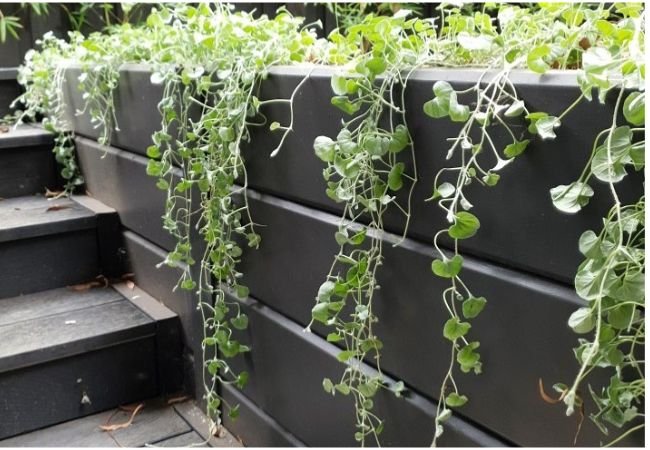

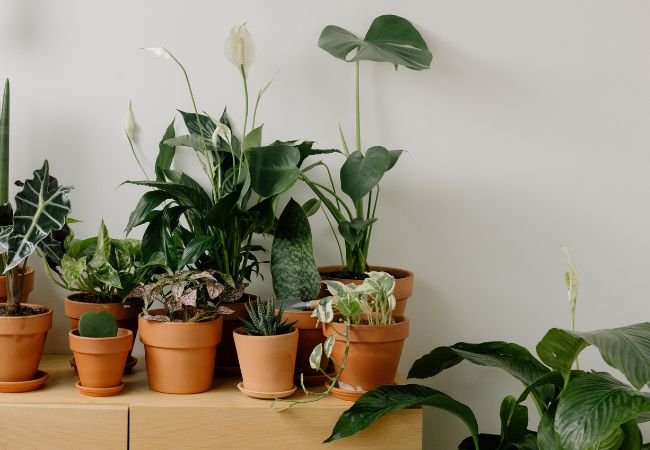
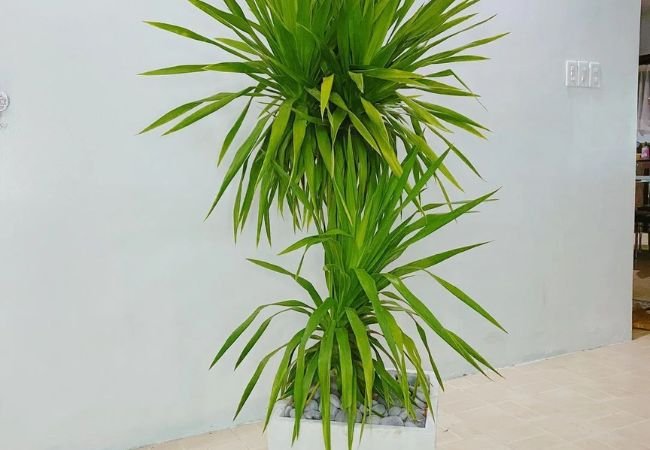

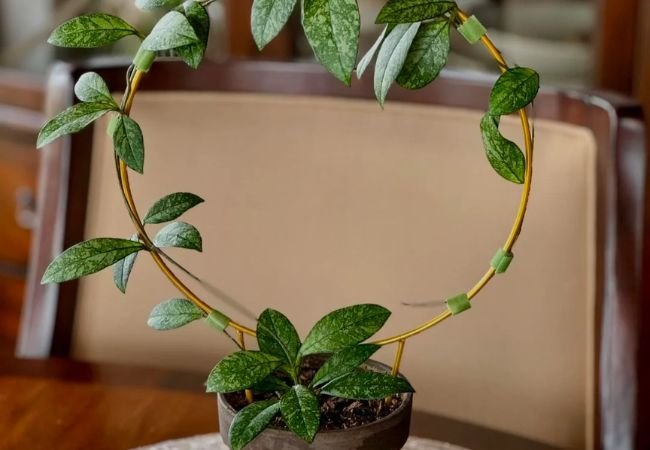
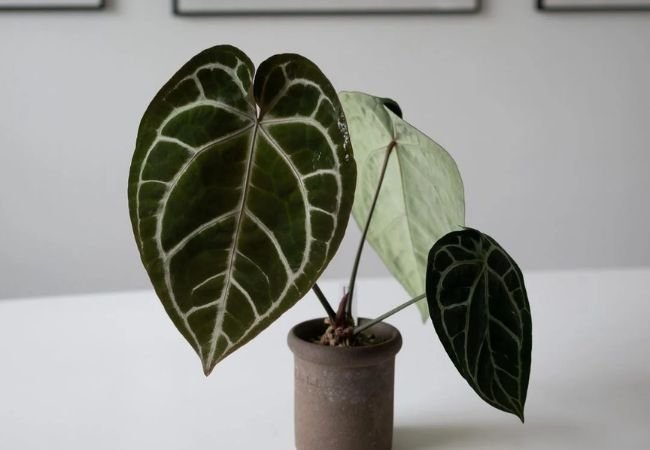
[…] to lemon or banana. While edible, it’s important to note that other parts of the mayapple plant are […]